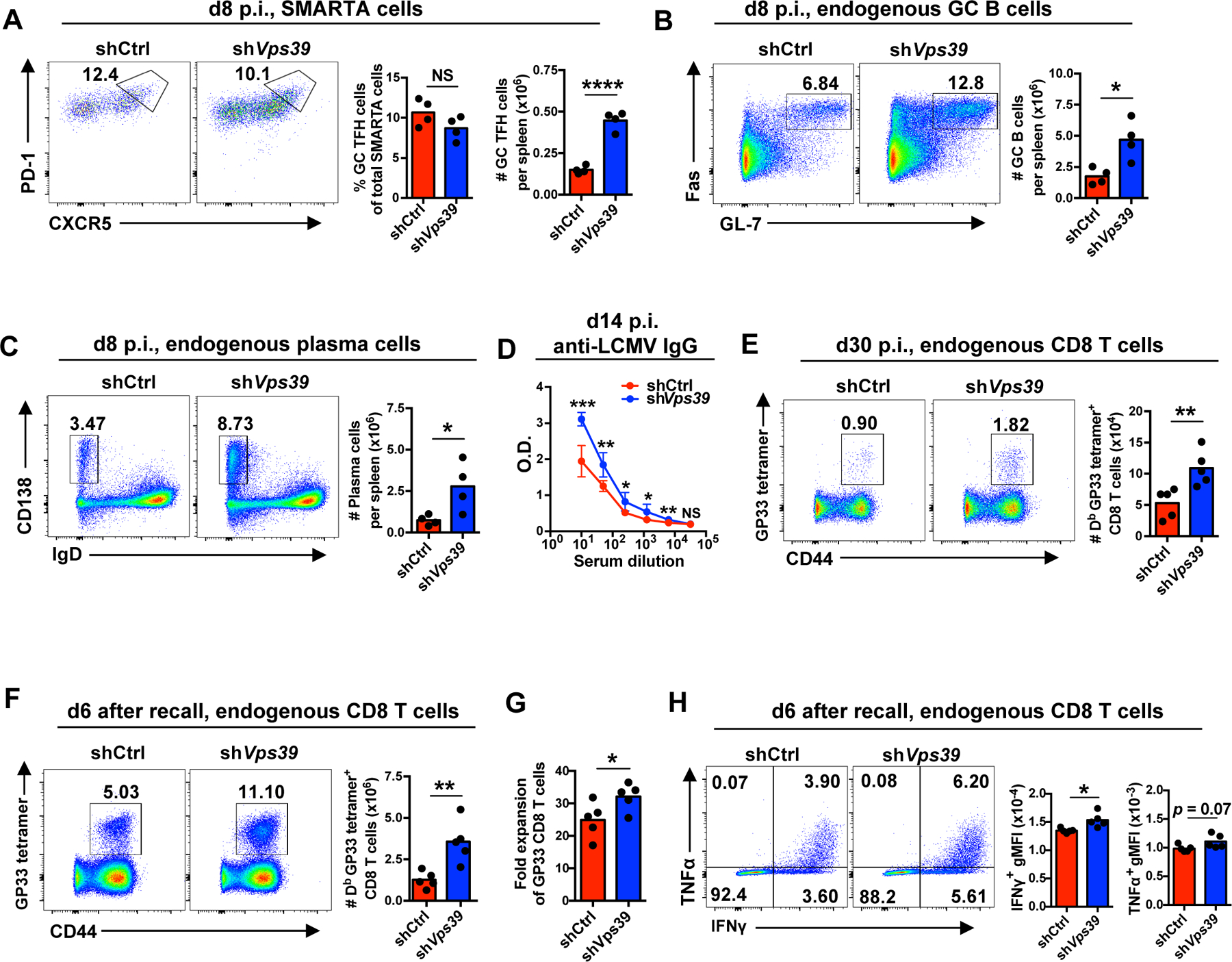Fig. 7. Inhibition of late endosomal mTORC1 augments CD4+ T cell helper responses in vivo.

1 × 104 Vps39 shRNA or control shRNA retrovirally transduced Amcyan+ naïve SMARTA CD4+ T cells were adoptively transferred into CD45.2+ naïve recipient followed by LCMV infection. On days 8 (A–C) and 30 (E) post infection, spleens were harvested and analyzed. Alternatively, on day 30, immune mice were rechallenged with Lm-gp33 for 6 days (F–H). (A) Number of germinal center (GC) SMARTA TFH cells on day 8 after infection. (B and C) Number of endogenous Fas+ GL-7+ GC B cells (B) and CD138+ IgD− plasma cells (C) in host mice on day 8 after infection. Representative contour plots gated on B220+ CD4− B cells (left) and summary data (right). (D) Anti-LCMV nucleoprotein IgG titers in serum on day 14 after infection. n = 5 mice per group. (E) Numbers of Db LCMV GP33–41 (GP33) tetramer+ cells gated on endogenous CD8+ T cells in the spleen of host mice on day 30 after infection. (F) Numbers of endogenous Db LCMV GP33 tetramer+ CD8+ T cells in the spleen on day 6 after Lm-GP33 challenge. (G) Fold expansion of Db GP33 tetramer+ memory CD8+ T cells upon Lm-GP33 on day 6. (H) Cytokine production by CD8+ T cells harvested on day 6 after infection and restimulated with GP33 peptide in vitro. Data are representative of two independent experiments with 4–5 mice per group (A–E) or one experiment with 5 mice per group (F–H). Statistical significance by two-tailed unpaired t test. *p < 0.05, **p < 0.01, ***p < 0.001, ****p < 0.0001; NS, not significant.
